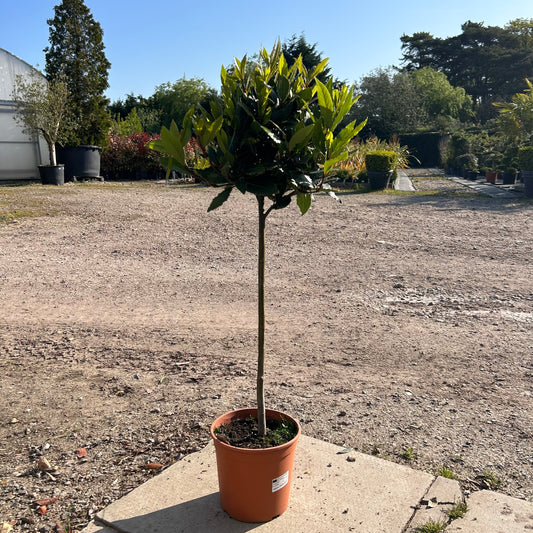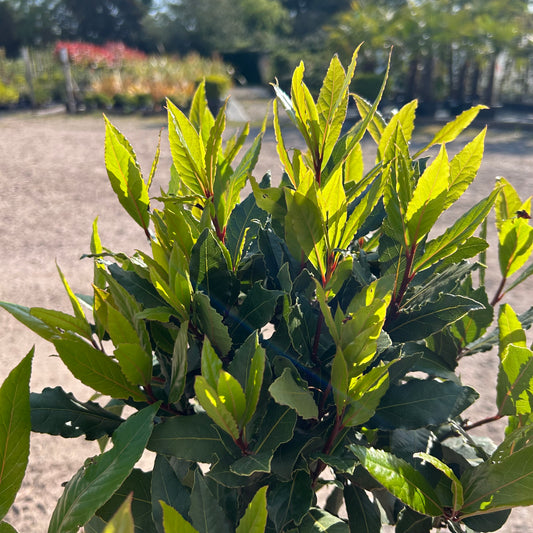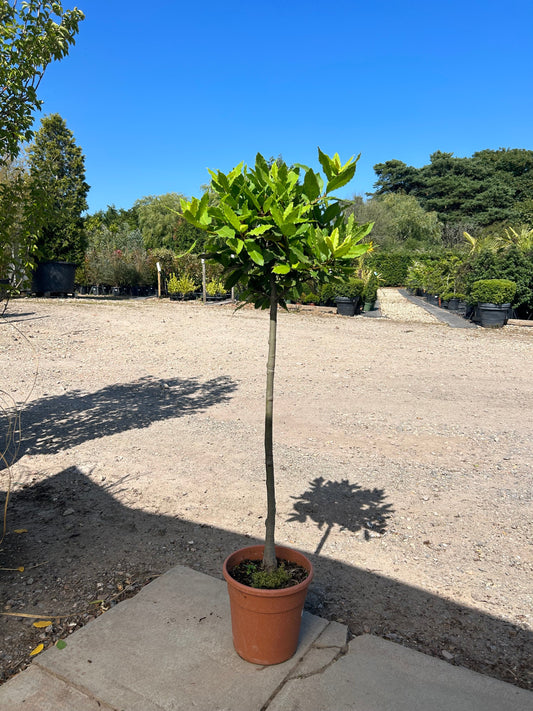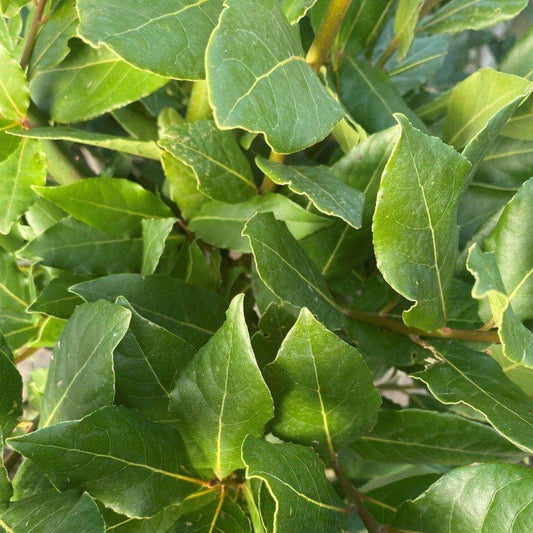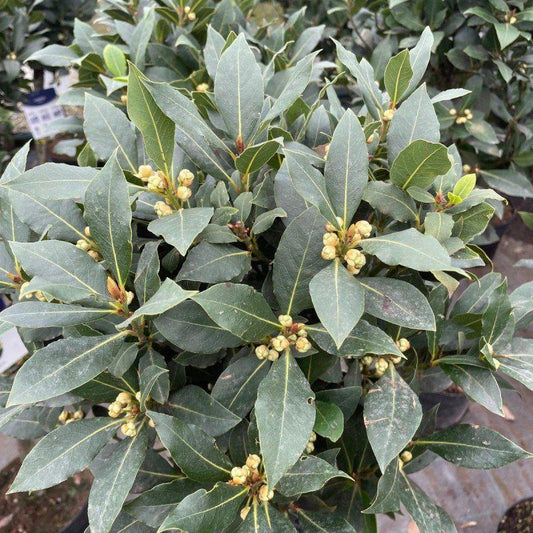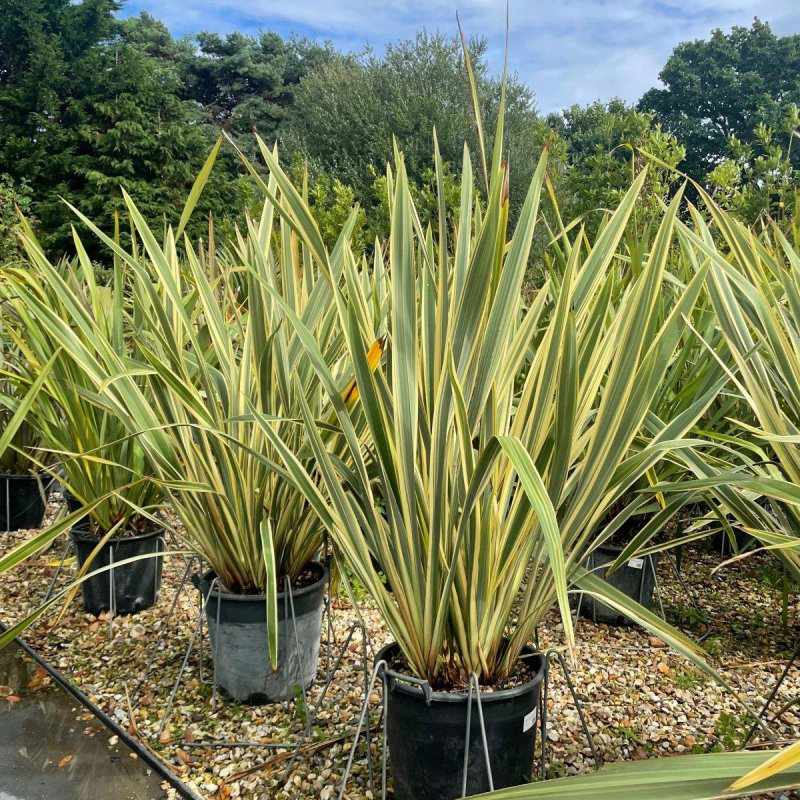Phormiums, also known as New Zealand flax, are excellent choices for gardeners looking to enhance their landscapes. These striking plants bring a unique blend of colour and structure to British gardens.
Phormiums are versatile and can thrive in various conditions, making them ideal for any garden style. With their sword-like leaves and vibrant hues, they can serve as focal points or complementary elements in garden design.
Different varieties of Phormiums offer a range of colours, from rich bronze to bright green. This diversity allows for creative combinations that can transform any space. Additionally, these plants are relatively low maintenance, making them suitable for both seasoned gardeners and beginners alike.
Understanding how to cultivate and arrange these plants will unlock their full potential in landscape design.
To create a stunning garden, it is essential to consider the specific needs of each Phormium variety. By choosing the right types and arranging them thoughtfully, one can achieve a balanced and vibrant outdoor space. Whether for a home garden or a public area, Phormiums can add beauty and depth to British landscapes.
Key Takeaways
- Phormiums offer a variety of colours and shapes for diverse garden designs.
- They require minimal maintenance, making them suitable for all gardeners.
- These plants thrive in various conditions, enhancing outdoor spaces effectively.
Understanding Phormiums
Phormiums, commonly known as New Zealand Flax, are versatile plants valued for their striking foliage and cultural significance. These plants thrive in various environments and come in several cultivars that add colour and structure to gardens.
Origin and Botanical Background
Phormium originates from New Zealand and is part of the Asphodelaceae family. These evergreen plants are well-adapted to the country's coastal climates. They grow in clumps, with long, sword-shaped leaves that can vary in colour from vibrant greens to rich reds and yellows.
There are two main species: Phormium tenax and Phormium cookianum. Phormium tenax is taller and hardier, often used for commercial purposes like weaving. In contrast, Phormium cookianum is smaller and more delicate, favoured for ornamental use. Both species are key components of New Zealand's unique flora and have been cultivated for generations.
Varieties of New Zealand Flax
Numerous cultivars exist, each with distinct characteristics. For instance, 'Gold Ray' features narrow leaves with golden stripes that brighten landscapes even in winter. Others, like 'Cream Delight', showcase creamy white and green striped foliage.
These varieties can change the look of a garden dramatically. When combining different cultivars, it is essential to consider their colours and growth habits. Mixing plants can create a vibrant display or lead to a confusing arrangement if not done thoughtfully.
Cultural Significance in New Zealand
In New Zealand, Phormium holds deep cultural importance. Historically, Māori people used the leaves for making ropes, baskets, and traditional garments. The strong, fibrous nature of the leaves made them ideal for these purposes.
Today, Phormium continues to be a symbol of Māori heritage. It is featured in art and cultural practices. The plant's resilience and beauty reflect the spirit of New Zealand's landscape. As such, it plays a crucial role in the identity and traditions of the country.
Cultivation Practices
To successfully cultivate Phormium varieties, it is essential to focus on specific practices. The right planting conditions, soil quality, watering routine, and frost protection methods significantly impact their health and growth.
Planting for Full Sun Exposure
Phormiums thrive in full sun, making bright locations ideal for their cultivation. When selecting a spot, aim for an area that receives at least six hours of sunlight each day.
The holes for planting should be approximately twice the size of the rootball. This allows roots to spread easily.
It is important to plant them at ground level, avoiding deep planting that can lead to rot.
Employing a rich, organic compost when backfilling the hole enhances growth. Implementing a spacing of approximately 60 to 90 cm (2 to 3 ft) between plants encourages air circulation and prevents disease.
Soil Requirements and Mulching Techniques
Phormiums prefer well-draining soil that retains some moisture. Aim for a mix of loamy soil with added organic matter. This supports root development and overall plant health.
Mulching around the plant’s base is crucial. Use organic materials like bark chips or straw to retain moisture and suppress weeds. Apply a layer roughly 5 to 10 cm (2 to 4 in) thick.
Regularly check the mulch layer to ensure it does not compact. Refresh it once or twice during the growing season for continued effectiveness. This practice also enhances soil structure over time.
Watering and Fertilisation Strategies
During the initial growing season, consistent watering is vital for establishing Phormiums. Water thoroughly and ensure the soil remains evenly moist, especially during dry spells.
Once established, Phormiums are relatively drought-tolerant. However, they still benefit from occasional watering during prolonged dry periods.
Fertilising is best done in spring with a balanced fertiliser. A 10-10-10 NPK formula can boost their growth and overall vitality. It is important to follow the manufacturer's guidelines for application rates.
Dealing with Hard Frosts
Phormiums can tolerate some frost, but hard frosts can damage young plants. Protecting them during cold spells is vital for their survival.
Covering the plants with horticultural fleece helps insulate them from severe cold. For extra protection, adding a layer of mulch can protect the root zone.
In regions prone to hard frost, consider planting Phormiums in containers. This allows for easier relocation during extreme weather conditions. Before winter sets in, move pots to a more sheltered location to reduce frost exposure.
Landscape Design with Phormiums
Phormiums offer exceptional versatility in landscape design, adding both colour and structure. These hardy plants are suited for various settings, from coastal gardens to urban patios. Their distinctive features make them a valuable addition across different styles of landscaping.
Adding Year-Round Colour
Phormium tenax is an excellent choice for adding year-round colour to gardens. Its striking, sword-like leaves can vary significantly in hue, featuring shades from yellow-green to rich bronze-purple. Some varieties even exhibit striped leaves, which enhance visual interest.
During summer, mature clumps produce tall stems adorned with unique yellow-green or red flowers. This seasonal bloom adds a delightful splash of colour.
Placing Phormiums in groupings or as focal points ensures they stand out and contribute to a vibrant landscape throughout the year.
Phormiums in Coastal Gardens
Phormiums thrive in coastal gardens due to their coastal resilience. The tough nature of these plants makes them well-suited for sandy soils and windy conditions. They can withstand salt spray while providing a striking visual element.
In coastal settings, planting Phormiums alongside other drought-tolerant species creates a lush, tropical feel. Their upright growth complements other plants and structures, enhancing the overall design.
Selecting varieties with diverse colours maximises the garden's aesthetic appeal and ensures a captivating view all year round.
Phormiums on Patios
Patios can benefit significantly from the addition of Phormiums. Their architectural form makes them perfect for creating a bold statement in limited spaces. By using containers, gardeners can position these striking plants in optimal spots for visual impact.
Smaller Phormium varieties work well on patios, bringing vibrant colour without overwhelming the space. Grouping different Phormium types can create an engaging display.
Regular maintenance, including proper watering and occasional pruning, maintains their appearance and health, ensuring that patios remain stylish and inviting.
Maintenance and Propagation
Maintaining phormiums involves regular care and protection during winter months to ensure their robust growth. Additionally, propagating these plants can be effectively achieved through division, allowing gardeners to expand their collections and enhance their landscapes.
Regular Care and Winter Protection
Phormiums require minimal maintenance, making them suitable for various garden settings.
Regular watering is essential, especially during dry spells. They should be watered deeply but infrequently to encourage deep root growth.
In winter, phormiums need extra care. Although many varieties are hardy, protection is necessary in colder regions.
Covering the base of the plants with mulch can help insulate the roots. Removing any dead leaves also prevents rot and improves air circulation around the plant.
Propagation Through Division
Propagation can be easily achieved by dividing established phormium clumps. This method is best done in spring when the plants are actively growing.
To divide, one should carefully dig up the clump and separate sections with several leaf fans and roots attached.
Each division can be replanted in the garden or potted up for further growth. It is important to ensure that the new sections are adequately watered and given space to establish.
This technique not only creates new plants but can also rejuvenate older, overgrown specimens. Proper division leads to healthier plants with vibrant foliage.
Frequently Asked Questions
Phormiums can enhance gardens with their unique colours and shapes. Understanding their care requirements and specific characteristics can help gardeners maintain healthy plants and a vibrant landscape.
What care requirements are essential for maintaining a healthy Phormium?
Phormiums thrive in well-drained soil and prefer full sun to partial shade. Regular watering is important, especially during dry spells. It's also beneficial to remove dead leaves to encourage new growth and maintain a tidy appearance.
How can I protect my Phormium plants from frost damage?
To protect Phormium from frost, it is advisable to cover the plants with fleece during cold spells. Mulching around the base can also help insulate the roots. If the leaves show frost damage, they can be cut back in spring to allow new growth.
What are the distinguishing features of the 'Sundowner' and 'Evening Glow' Phormium varieties?
The 'Sundowner' variety is known for its striking pink and green variegated leaves, which become more vibrant in sunlight. In contrast, 'Evening Glow' has deep red leaves with golden edges, creating a stunning contrast in gardens. Both are eye-catching choices for landscape design.
Can you advise on the best practices for dividing Phormium plants?
When dividing Phormium, it is best to do this in spring or autumn. The plant should be carefully dug up, and sharp spades can be used to cut through the roots. Each division should have at least one healthy crown and root system to ensure successful replanting.
What type of fertiliser should be used to feed Phormium species?
A balanced fertiliser, such as a 10-10-10 NPK mix, is suitable for Phormiums.
Fertiliser can be applied in spring as new growth begins.
It's important not to over-fertilise, as this can lead to excessive leaf growth at the expense of blooms.
How should I manage a Phormium plant that has developed a stem?
If a Phormium develops a stem, it is normal, especially in mature plants. Pruning may be necessary to maintain appearance.
Cutting the stem back to the base can help rejuvenate the plant and encourage new leaf growth.


